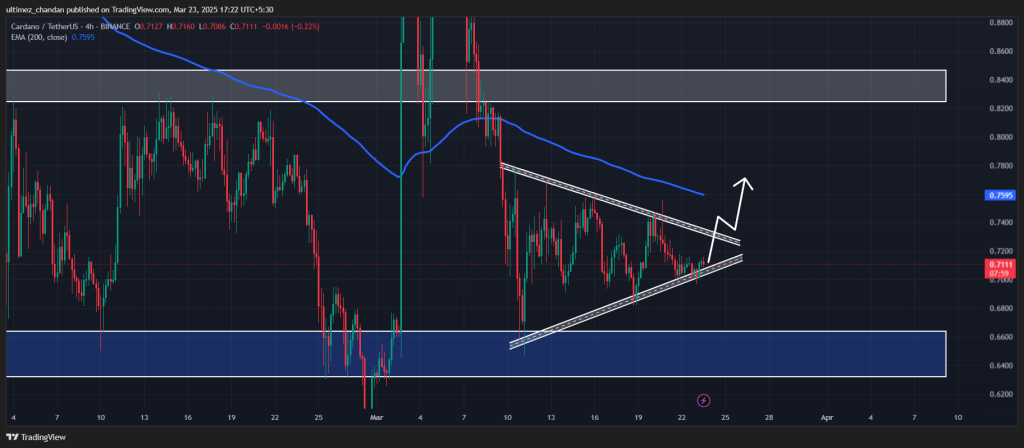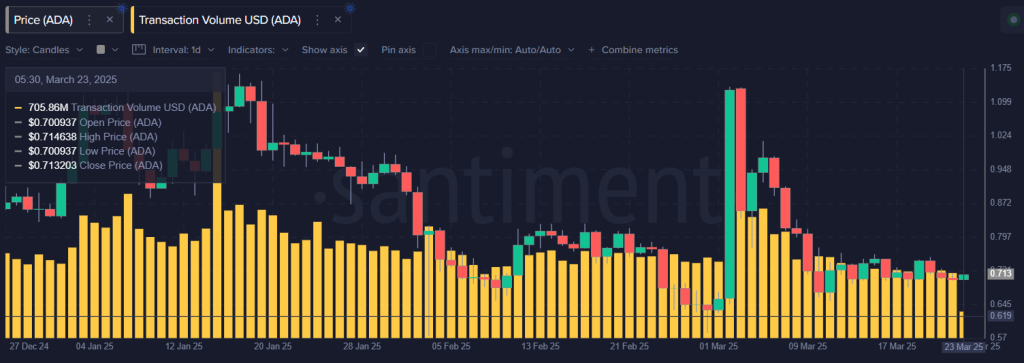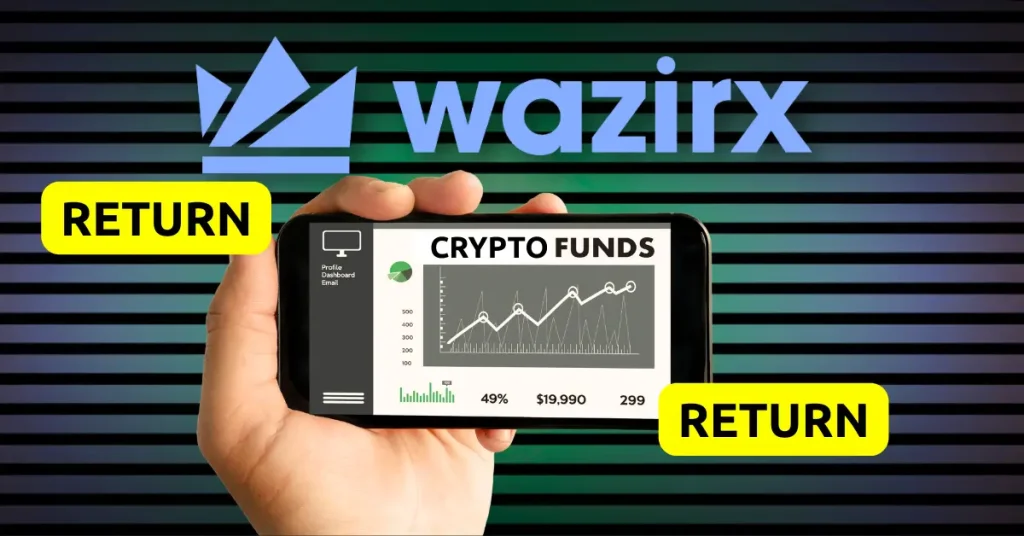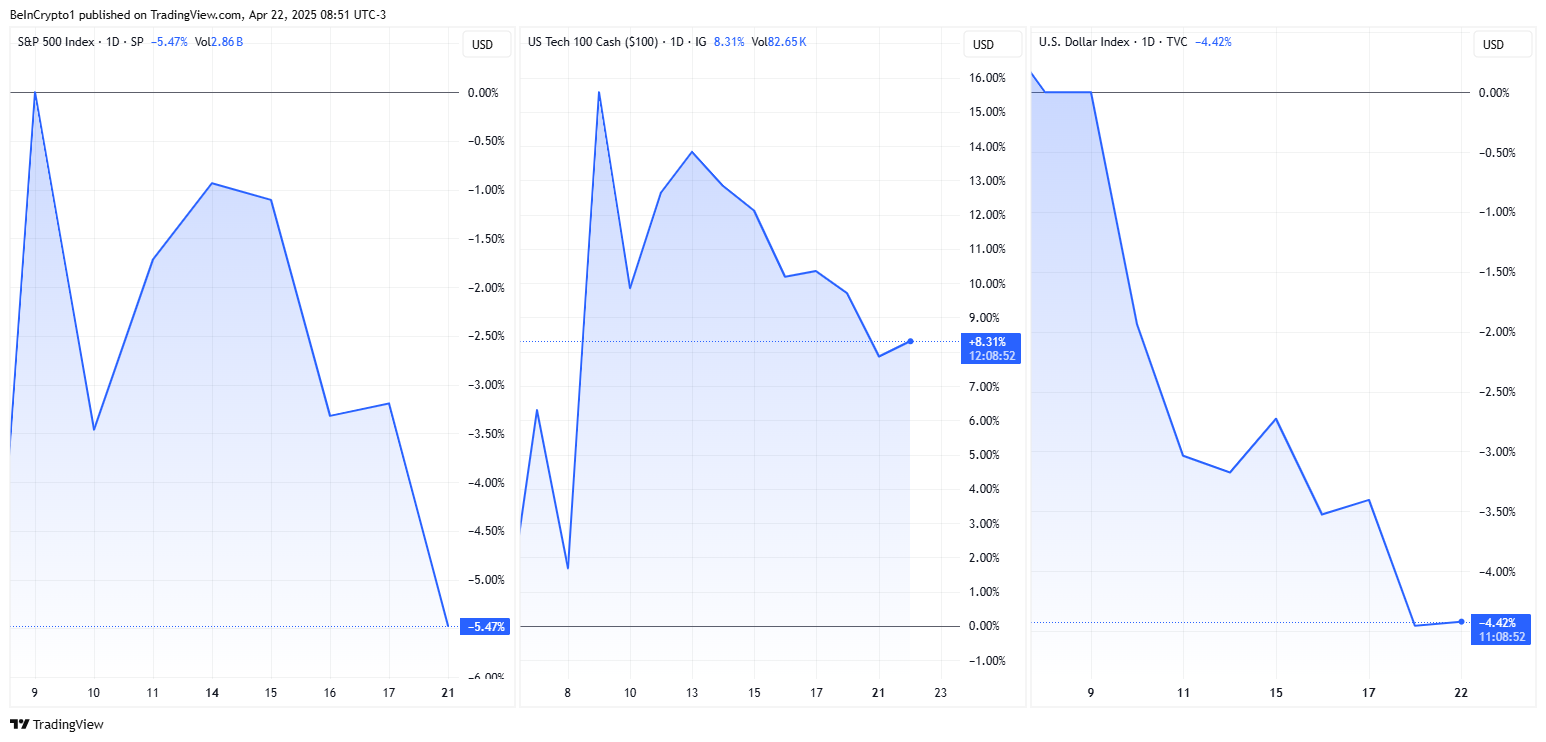A blazing Oracle Red Bull Racing F1 car races past hundreds of millions of viewers around the globe, with the Gate.io logo standing out prominently on its body. At the same time, in the digital realm, millions of Web3 users are embarking on their WCTC S7 journey, an exhilarating race in the world of global crypto trading. This marks the first time the crypto industry has resonated with mainstream culture in such a dynamic and synchronized fashion.
For Gate.io, 2025 is both a significant milestone, celebrating its 12th anniversary and a starting line for the future. At this critical juncture, Gate.io has not only completed a comprehensive brand upgrade, officially adopting “Damen” (大门, meaning “The Gate”) as its Chinese name, but also refreshed its visual identity, ecosystem positioning, and global strategic direction.
In an even bolder move, it has partnered with the world-renowned Oracle Red Bull Racing in F1, marking a major milestone in its global cross-industry collaborations and unlocking massive influence on a global scale.
From Red Bull, Seeing Gate.io’s Multi-Dimensional Brand Expression
On the F1 circuit, Red Bull stands for more than championship performance and cutting-edge innovation. It has evolved beyond its origins as an energy drink brand, expanding into racing, extreme sports, music, and media—becoming a benchmark for diversified global brand operations. Among its many endeavors, the team is undoubtedly the crown jewel of its multi-faceted brand strategy.
Both Red Bull and Gate.io are breaking boundaries and pushing limits in their respective domains. Red Bull through adrenaline-fueled spectacles, and Gate.io through technology-driven platforms and community-driven innovation. Their collaboration goes beyond exposure; it is a shared commitment to serving a global, young, open, and engaged audience.
For Gate.io, the partnership represents more than a marketing opportunity, it’s a powerful manifestation of its diversified strategy and a profound alignment of brand values, ecosystem vision, and user identity. On the world’s fastest track, a veteran yet constantly evolving crypto trading platform is now using speed, technology, and cultural synergy to redefine the imaginative boundaries of the next mainstream Web3 gateway.
According to Gate.io Founder and CEO Lin Han, Red Bull embodies the very ecosystem Gate.io strives to build: “Gate.io is more than just a digital asset exchange. We are building an open, technology-driven, globally collaborative platform. This vision is deeply aligned with Red Bull’s spirit and philosophy.”
A Brand Evolution: Gate.io “User Universe” Is Taking Shape
Behind the brand upgrade lies the synchronized evolution of Gate.io’s core businesses. The company has developed a multi-layered Web3 ecosystem that spans trading, wallets, public chains, educational platforms, and investment funds. From professional traders to developers, retail investors to institutional clients, Gate.io is attracting and empowering a broad user base with its expanding product offerings and increasingly sophisticated services.
According to its recently released Q1 2025 report, Gate.io’s ecosystem is growing rapidly, with key business lines showing robust momentum:
- Trading volume is rising across the board, with futures trading volume increasing by approximately 31% quarter-over-quarter.
- The platform token GT reached a record high of $25.96, up nearly 70% since the start of the year.
- Total platform reserves exceeded $10.328 billion, ranking among the global top 4.
- Quantitative investment is booming, with copy trading volume soaring by 780%.
- Launchpool has been fully upgraded, facilitating the rapid launch of over 140 new projects.
- Over 1,000 tokens have been listed in the Pilot Zone, capturing high-yield meme projects and emerging trends.
Meanwhile, Gate Wallet has built a comprehensive digital asset management solution supporting nearly 200 blockchains. Gate Connect facilitates transactions in 52 fiat currencies across 80 countries, offering more than 450 payment methods.
The newly launched Gate Card Silver virtual card, alongside the fast-growing Gate Community, is driving innovation through branded events, Gate Live interactive streams, Gate Post, Gate.io Chat Group, blogs, YouTube, TikTok, and other content channels. Through this multidimensional layout, Gate.io is constructing a diversified, full-spectrum Web3 ecosystem—a never-before-seen “user universe” is taking shape.
Faster and Further: Accelerating into the Global Mainstream Spotlight with F1
Partnering with Oracle Red Bull Racing in F1 marks Gate.io’s first global “accelerator” move following its brand upgrade and symbolizes a cross-industry exploration connecting crypto technology with mainstream culture. As a sponsor, Gate.io will appear at every F1 event throughout the season, with its logo shining on trackside screens around the world. More importantly, by leveraging Red Bull’s brand power, event visibility, and massive global fan base, Gate.io is opening a new “gate” for Web3 to enter the mainstream consciousness.
From rebranding and ecosystem expansion to entering the global spotlight of Red Bull Racing and its hundreds of millions of viewers, Gate.io is introducing the speed, warmth, and spirit of participation that defines Web3 in a bold new way. Looking ahead, Gate.io will continue deepening its diversified ecosystem strategy, forging connections across culture, content, and everyday life, creating a truly open, collaborative, and decentralized Web3 arena for users around the world. The gate is open, the future is accelerating. Let’s embark on the journey together.
Disclaimer: This content does not constitute an offer, solicitation, or recommendation. You should always seek independent professional advice before making investment decisions. Gate.io may restrict or prohibit certain services in specific jurisdictions. For more details, please read the User Agreement.
The post Gate.io x Oracle Red Bull Racing in F1: Co-Creating a New Web3 Brand Paradigm Through Speed and Transformation appeared first on BeInCrypto.











